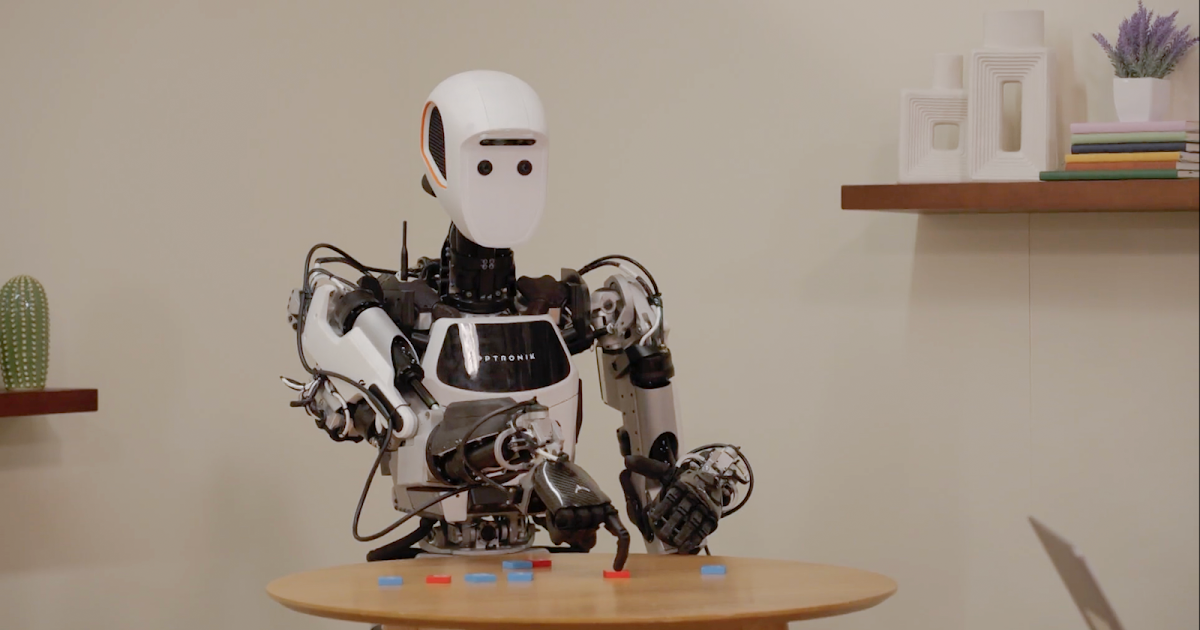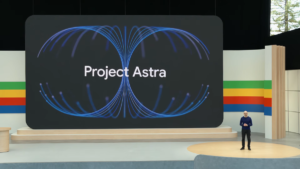Gemini Robotics Integrates AI into Real-World Applications

Gemini Robotics: Advancing Robotics with AI
Overview of Gemini Robotics
Gemini Robotics is an innovative model developed by Google DeepMind, designed to enhance robotics through advanced artificial intelligence. Specifically built on the Gemini 2.0 framework, this model integrates various forms of sensory input, including visual and auditory data, to perform a range of complex tasks in the physical world. The aim is to enable robots to exhibit "embodied" reasoning, allowing them to understand and interact with their environments much like humans do.
Key Features of Gemini Robotics
Gemini Robotics stands out due to its three main qualities: generality, interactivity, and dexterity. These features are essential for creating effective robotic systems capable of assisting in diverse real-world scenarios.
1. Generality
Gemini Robotics excels in generalizing across new situations, significantly improving its ability to adapt to previously unseen tasks. This model is trained to handle various instructions, manipulate unfamiliar objects, and operate in different environments. According to their technical report, Gemini Robotics shows more than double the performance on generalization tasks compared to leading models in the field.
2. Interactivity
Robots designed with Gemini Robotics are highly interactive, allowing them to communicate and adapt to human commands. Leveraging advanced language understanding, these robots can comprehend a wide range of natural language instructions. This ability ensures that the robots can respond promptly to dynamic changes in their environment, such as if an object slips from their grasp. This seamless interaction capability enhances collaboration between humans and robots, making them more useful in various settings, from homes to workplaces.
3. Dexterity
Dexterity is crucial for robots to perform intricate tasks that require fine motor skills, similar to human hand movements. Gemini Robotics can carry out complex activities, such as packing items or folding origami, that would typically challenge traditional robots. This level of precision is essential for tasks that demand careful manipulation of various objects.
4. Multiple Embodiments
Gemini Robotics can easily adapt to different robotic platforms. Initially trained on a bi-arm robotic platform, it can also be configured for more complex systems, such as humanoid robots developed by Apptronik. This versatility allows the model to be specialized for specific robotic applications, broadening its range of potential uses.
Introducing Gemini Robotics-ER
Alongside Gemini Robotics, there is also the Gemini Robotics-ER (Embodied Reasoning), which enhances the understanding of spatial relationships crucial for robots. This model is designed for roboticists to connect with existing low-level controllers, making it easier to execute real-world tasks.
Improvements in Spatial Reasoning
Gemini Robotics-ER significantly boosts existing capabilities like pointing and 3D detection. By combining spatial reasoning with coding abilities, it can autonomously determine the best approach for tasks, such as grasping a coffee mug by its handle.
End-to-End Control
This model is capable of handling all necessary steps for controlling a robot, from perception to planning. On average, Gemini Robotics-ER achieves a success rate two to three times that of the Gemini 2.0 model. This efficiency is enhanced by the ability to learn from limited human demonstrations when traditional code generation falls short.
Safety Measures in Robotics
As robots become more integrated into daily life, safety is a top priority. The development team emphasizes a holistic approach to ensure that robots operate safely around people. This includes incorporating traditional safety measures to prevent collisions and injuries. Gemini Robotics-ER can interface with established safety-critical controllers, enhancing its capability to evaluate the safety of its actions in specific contexts.
Partnership and Future Development
Google DeepMind is collaborating with several reputable companies, including Apptronik, Boston Dynamics, and Agile Robots, to explore the limits of Gemini technology in robotics. Their goal is to continue enhancing these AI models and to better understand the potential real-world applications.
Acknowledgments
This advancement in robotics comes from extensive teamwork within the Gemini Robotics team. For a detailed list of contributors and further information, interested readers can refer to the technical report published by DeepMind.






